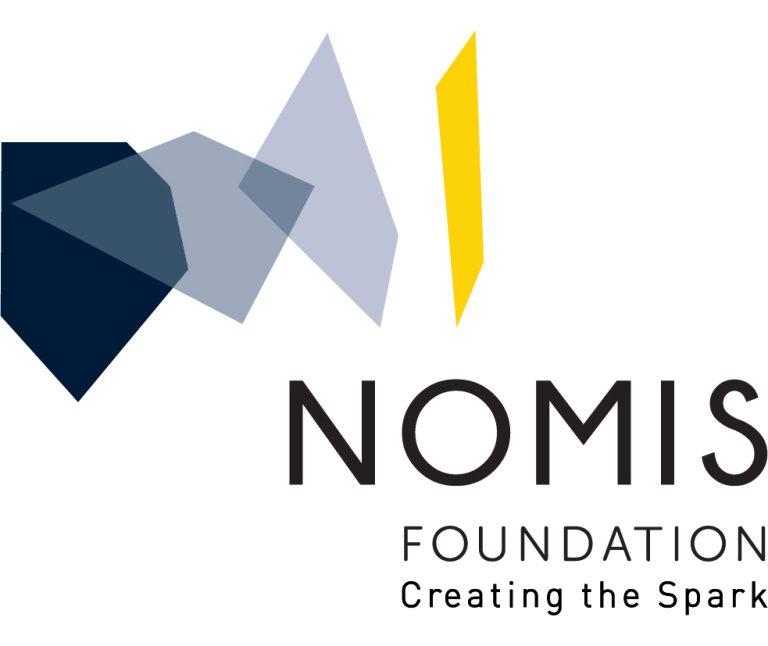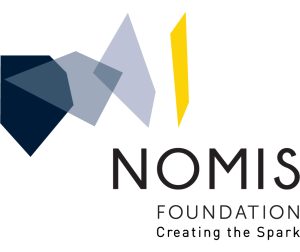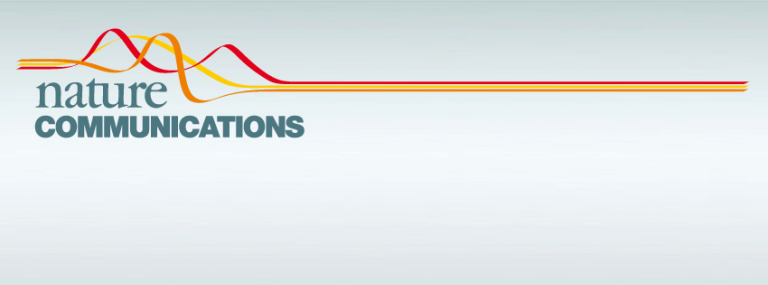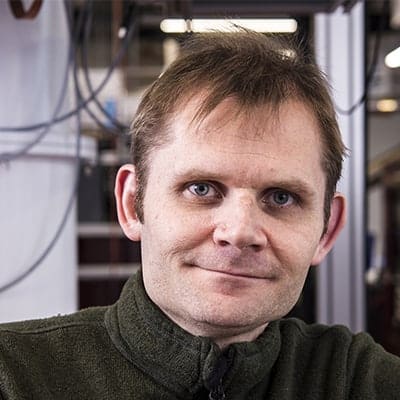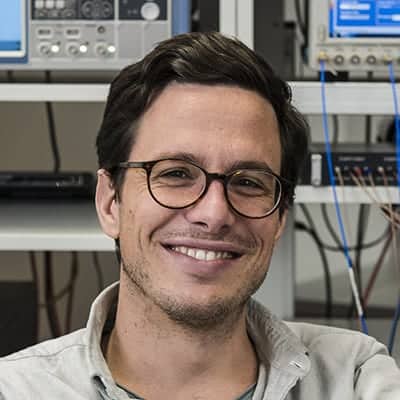NOMIS scientist Johannes Fink and colleagues William Hease and Georg Arnold present two transducers that could enable quantum communication between superconducting processors. Their work was published in Nature Communications and PRX Quantum.
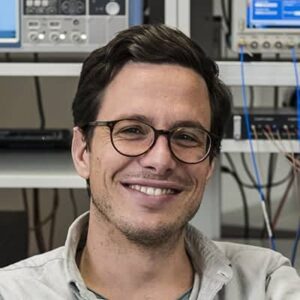
Quantum computing could revolutionize the world with absolutely secure communication and more powerful calculations. Currently, exclusively scientists and tech-giants use quantum computers due to their demanding operating conditions. However, if one could connect multiple quantum machines to a network, a larger audience could start working in the quantum world. Networks would enable distributed & blind quantum computing via secure connections, making quantum computers accessible to the outside. Additionally, basic research would leap forward with an interconnected world of quantum physical systems. However, that connectivity is one obstacle currently blocking the quantum revolution.
Quantum systems are extremely susceptible to noise, particularly if they are based on superconducting electrical circuits. Therefore, most quantum processors need to run at temperatures close to absolute zero in a vacuum environment. Therefore, such a quantum computer looks more like a refrigerator rather than a personal computer from the outside. Due to these technical challenges and their costs, long-distance networks seem to remain a fiction – at first.

Currently, scientists work hard to transport quantum information via standard communication tools like optical fiber. These can easily carry quantum signals over more than hundred kilometers. Here, the transport is not the actual problem, but the signal’s transformation. Superconducting processors usually operate at microwave frequencies where quantum signals are extremely weak compared to ambient noise. Therefore, a perfect transducer would convert signals between the electrical and optical domain without noise or loss.
“Such transducers are ubiquitous in classical communication networks, and they operate with incredible bandwidth and reliability. However, in quantum-level signals, their efficiency needs to be orders of magnitude higher. At the same time, we need to suppress their electronic noise by orders of magnitude,” explains Professor Johannes Fink.
At IST Austria, Professor Johannes Fink and his team investigate quantum networks. Two scientists from his group now approached the transformation of microwave quantum information from different angles. One offering remarkably noise-free signals. The other showing some of the highest conversion efficiencies of any microwave-optics transducer to date.
Continue reading this IST Austria release
Read the Nature Communications publication: Converting microwave and telecom photons with a silicon photonic nanomechanical interface
Read the PRX Quantum publication: Bidirectional Electro-Optic Wavelength Conversion in the Quantum Ground State
Fink lab blog: Electro-Optic Wavelength Conversion in the Quantum Ground State
